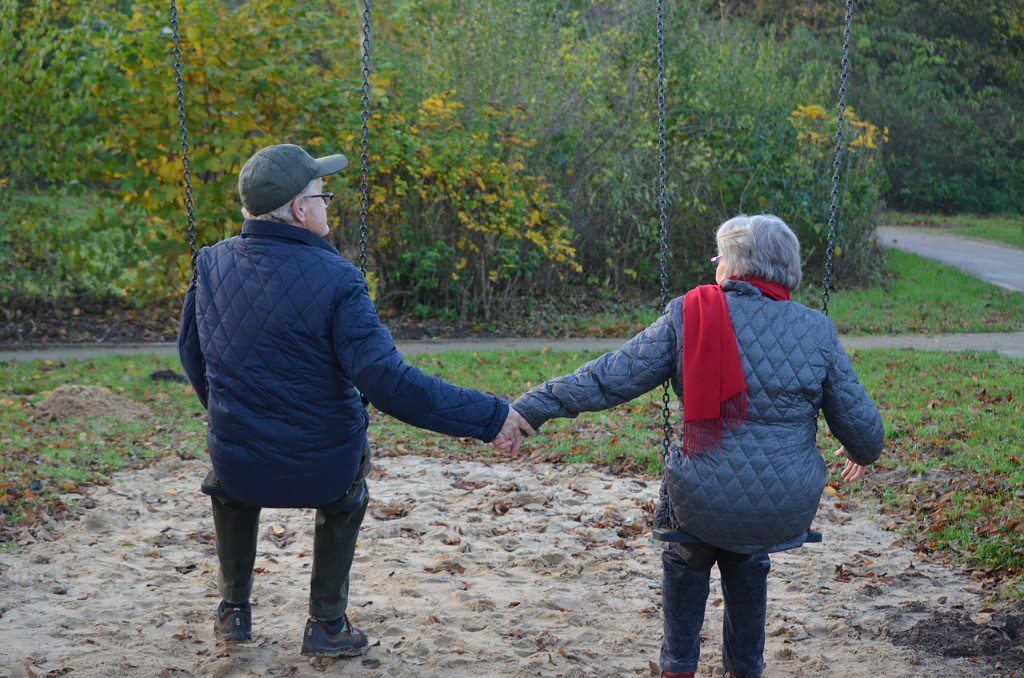America’s population is aging rapidly. 40 million people are over the age of 65 in the United States today, and that number is expected to climb to 89 million in the next few decades (Jacobsen, 2011). This is a wonderful sign for the efficacy of healthcare techniques, but it does bring its own challenges. An aging population requires more healthcare, which is why exercise for the elderly is more important than ever.
Exercise at any age is beneficial, but for elders, it is becoming more and more essential. Here are a few benefits of exercise for an aging population, and reasons why entering into your senior years does not mean skipping out on the occasional workout.

It reduces the chance of injury
Osteoporosis is a major concern for many elders. Bone mass gradually reduces over the course of one’s adult life, meaning elders usually have weaker bones and thus a higher risk of fractures and aches. Fortunately, well-developed muscles and good movement techniques can reduce the risk of such accidents, and there are many programs designed to help elders who wish to remain mobile and pain-free as they age (iofbonehealth.com, 2014).
If you’re interested in starting a bone-healthy exercise program, talk to your doctor about starting some low-impact aerobics routines, or even some light weight lifting (Web MD, 2014). Pool exercises have also proven popular amongst elders, who find the cool water can help soothe joint pain as they work.
It helps your heart
Cardiac arrest is another unfortunate risk that comes with age. It has long been assumed that cardio exercise was actually bad for the elderly, as increased physical activity puts strain on the heart. This position has now been reversed, as more and more studies confirm that heart-healthy exercise will reduce the risk of a heart attack at any age (Park, 2012).
Of course, it’s important to be safe. If you’re mostly sedentary throughout the day, consider starting with a few simple walks around the block. Your physician can recommend more in-depth exercises later on.
It keeps your brain sharp
Being sedentary doesn’t just affect your body. The brain also suffers from degradation due to physical inactivity. Recent studies have suggested that physical activity will build new neural pathways in the brain, whereas a sedentary lifestyle will actually allow them to break down (Reynolds, 2014). For elders facing dementia, Alzheimer’s, or who simply want to avoid the odd “senior moment”, some good physical activity can be a godsend.

It improves your mood
You don’t want to fall into the “cranky senior” stereotype as you age, and if you exercise regularly, you may never have to. Exercise is does wonderful things for your mental health. It can help manage stress and anxiety, and can even be a reliable cure for depression (Mayo Clinic, 2014). Study after study has shown a positive link between healthy minds and physical activity.
So be sure to get a good workout in now and then. It might not be the most attractive idea when you’re starting out, but you’re almost guaranteed to feel really good afterwards.
Remember, all exercise comes with risks, and strenuous activity can absolutely increase risk of heart failure or injury in the short run. But if you maintain healthy and safe workout habits as you age, your physical and mental health will ultimately improve, as will your quality of life. Talk to your doctor about creating a good workout plan, and get moving.
References
Jacobsen, L. (2011). PRB.org. Retrieved on 7/13/2015 from http://www.prb.org/pdf11/aging-in-america.pdf
Special Considerations in the Very Elderly. International Osteoporosis Foundation. Retrieved on 7/13/2015 from http://www.iofbonehealth.org/special-considerations-very-elderly
Best Osteoporosis Exercises: Weight-Bearing, Flexibility, and More. Web MD. (2014). Retrieved on 7/13/2015 from http://www.webmd.com/osteoporosis/guide/osteoporosis-exercise?page=2#2
Park, A. (2012). Time Magazine. Retrieved on 7/13/2015 from http://healthland.time.com/2012/05/08/exercise-keeps-muscles-young-even-in-elderly-heart-patients/
Reynolds, G. (2014). New York Times. Retrieved on 7/13/2015 from http://well.blogs.nytimes.com/2014/01/22/how-inactivity-changes-the-brain/
Depression and Anxiety: Exercise Eases Symptoms. (2014). Mayo Clinic. Retrieved on 7/13/2015 from http://www.mayoclinic.org/diseases-conditions/depression/in-depth/depression-and-exercise/art-20046495

